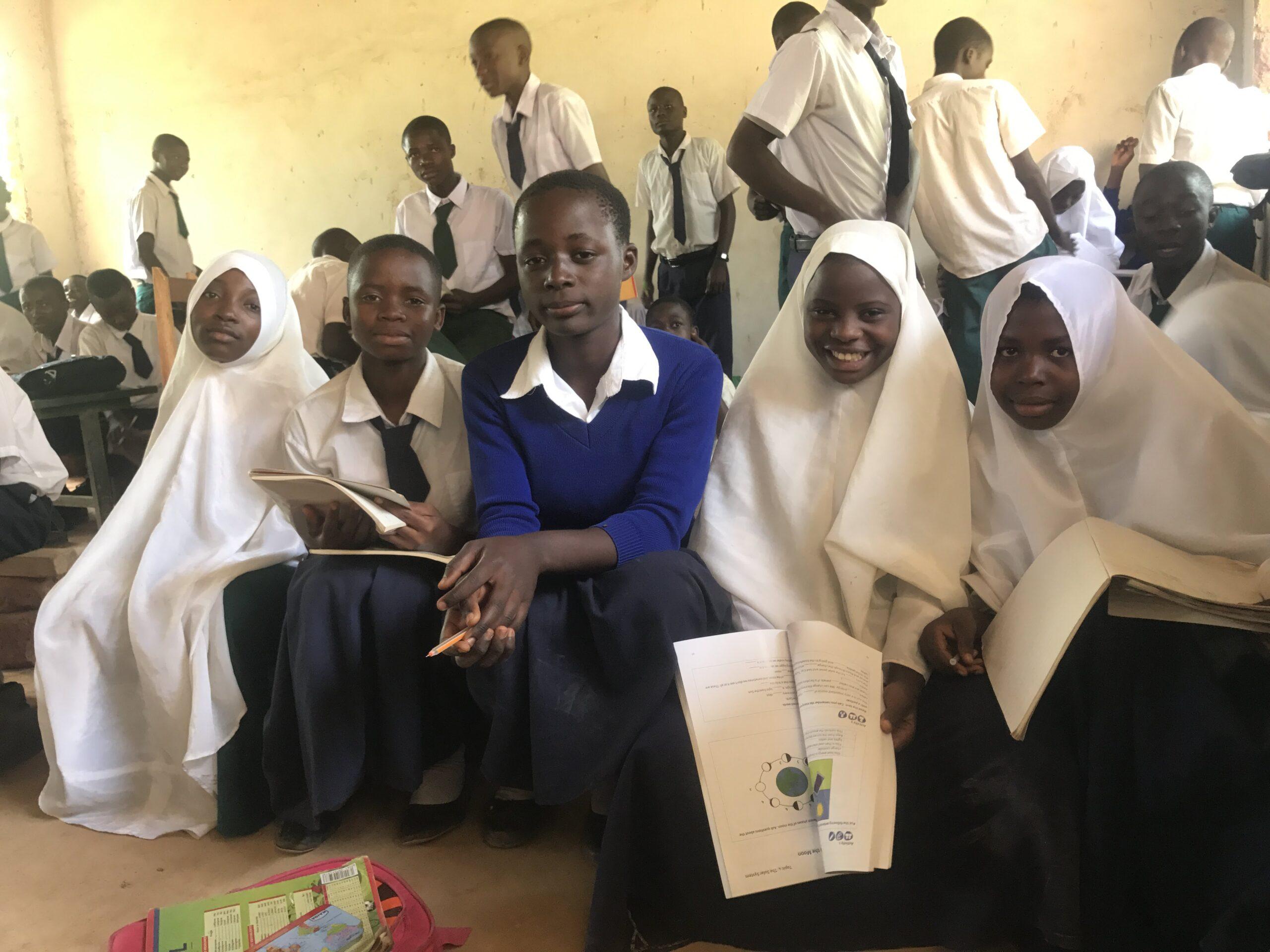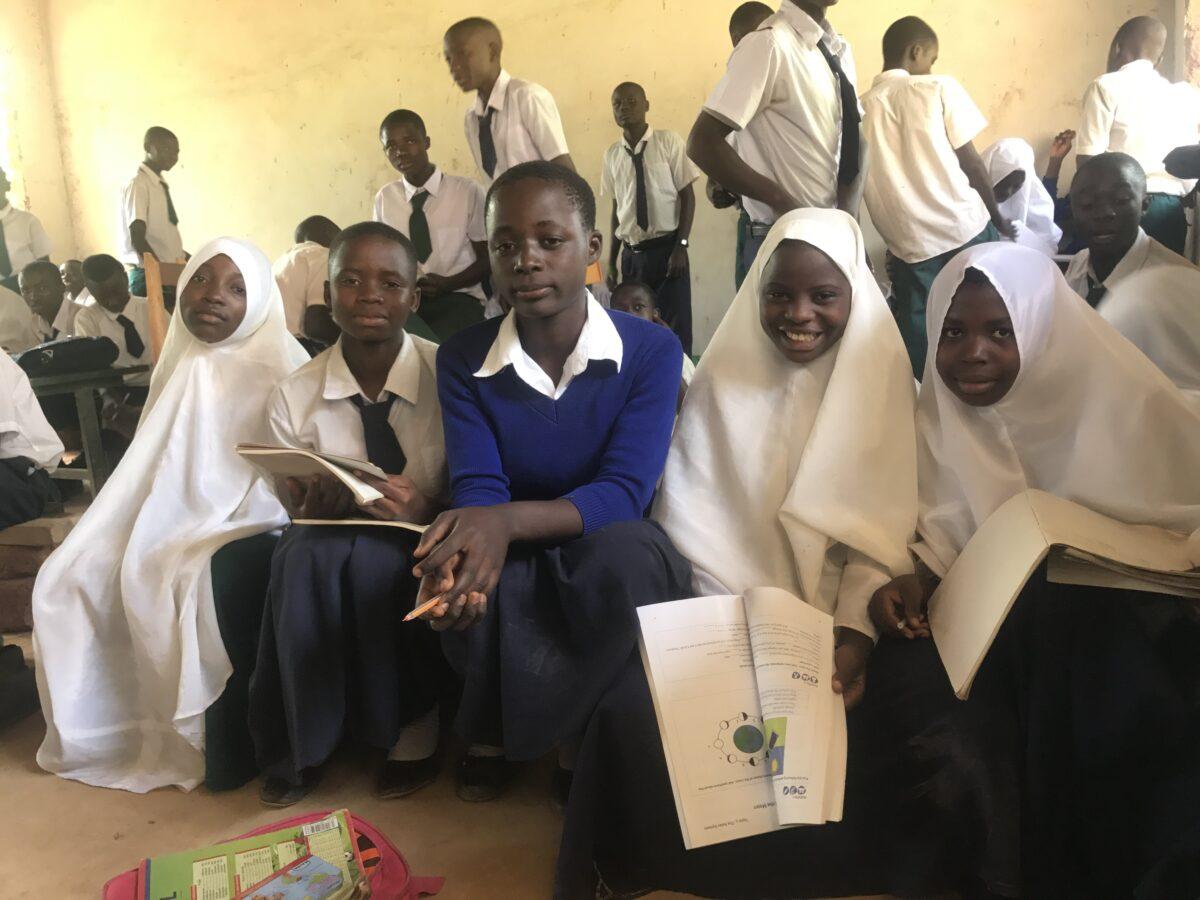Girls Education International Launches a Curriculum about Educating Girls
At Girls Education International we believe in the transformative power of education. Education equips girls to make positive changes in their homes, community, and the world. We envision a future where all girls have unrestricted and unconditional access to the best possible education available in their community. To realize our vision of gender equality in schools, we steward funds to cover the indirect and direct costs of educating girls in developing countries. Furthermore, we strive to expand awareness about the barriers to and benefits of girls' access to education. To that end, we developed a curriculum about the importance of girls’ access to education. We invite teachers to utilize the curriculum to enhance their students’ global perspective and empower them to make a positive change in the world.
Girls Education International’s online curriculum was launched in celebration of the International Day of the Girl Child, a day established by the United Nations “to recognize girls’ rights and the unique challenges girls face around the world.” It was written by teachers, for teachers and is free and ready to use. The curriculum is directed toward a middle school audience, but can easily be adapted for K-12 implementation. It can be taught as one 2.5-hour learning experience or in separate modules as time allows.
The curriculum reflects Girls Education International’s commitment to partnering with local stakeholders to leverage community knowledge in order to create lasting change. Thus it focuses on the lives of girls in rural Pakistan and Tanzania, as we partner with Bedari in Pakistan and Project Wezesha in Tanzania.
The curriculum has three sections: International Day of the Girl Child, Take Action, and Student Impact Stories. The components build on each other and are designed to be utilized in order.
The first section of the curriculum, International Day of the Girl Child, is available for in person and virtual implementation. The lesson plans are easy to follow and contain various learning activities such as personal reflection, inquiry, investigation, and analysis. Teachers can use the embedded links to access pertinent resources.
The unit starts by inviting students to reflect on their experiences. The warm-up activity asks students to answer the following question: What actions and behaviors are you allowed or expected to do based on your gender? In the next activity, students document their prior knowledge and beliefs on various topics such as: What impact does educating girls have on their community? Then students view a short video to discover how communities benefit by educating girls. An internet investigation allows students to compare and contrast challenges that hinder girls’ access to education in Pakistan and Tanzania. Next, students learn how Girls Education International helps girls who are pursuing schooling in Pakistan and Tanzania through an online exploration of our partner sites. They also have the opportunity to read a first hand account of a Girls Education International participant from Kigoma, Tanzania. The section culminates with a brainstorm so that students can imagine the impact they want to make on the world and create a plan of action to commit to helping increase girls’ access to education.
The second component of the curriculum is Take Action. It invites teachers and their students to join us in our mission of increasing girls’ access to education. The resources are designed to help students apply what they've learned and make a difference. We provide teachers with recommendations for how their students can further investigate the topic of access to education, and offer ideas for sharing what they have discovered about the importance of educating girls with others . In order to inspire students to take action at home and abroad, we also outline how to implement service learning projects and fundraisers.
Student Impact Stories is the final section of the curriculum. It serves as a celebration of student learning and service. It features examples of projects and fundraisers inspired by Girls Education International. In this way, it acknowledges students for their hard work and their impact while serving as a resource for teachers to see how other instructors have utilized the curriculum. We encourage teachers to share their impact stories to inspire other classes to be a positive force for girls' education around the world.
We hope our curriculum informs and inspires students around the world. We invite you to use it, share it with others, and report back about how you and your students are taking action around the importance of educating girls at home and abroad.


